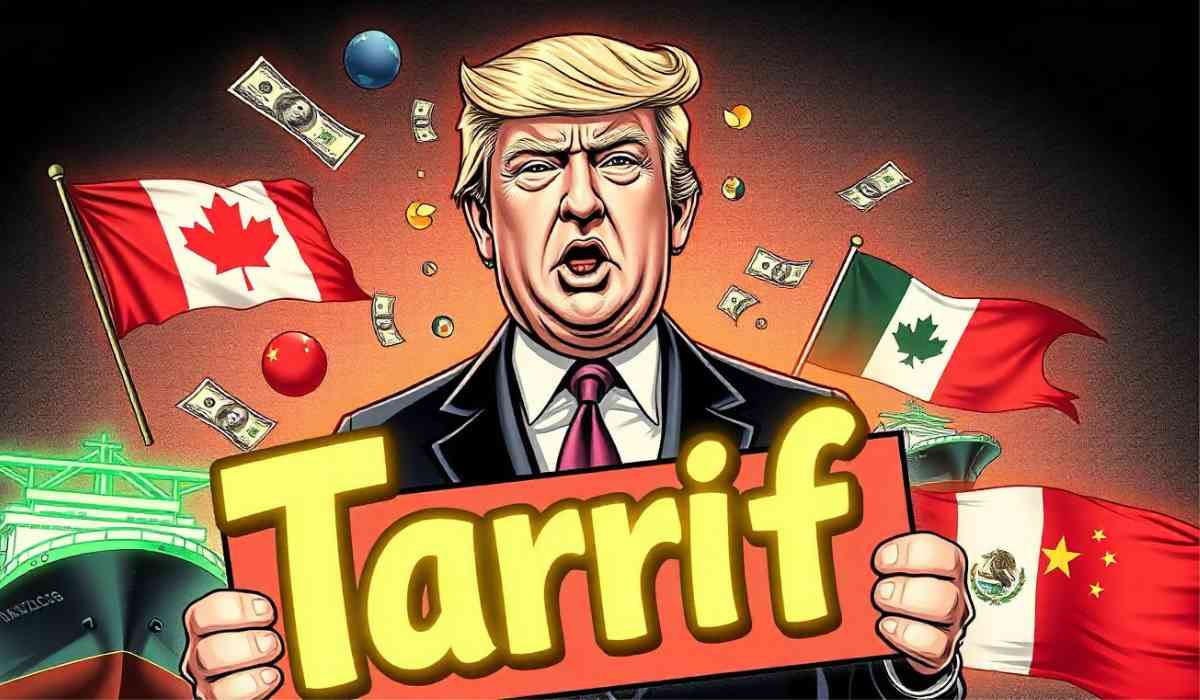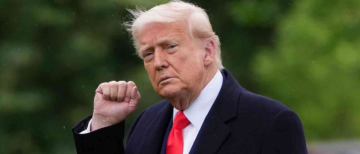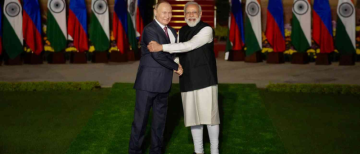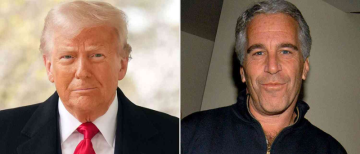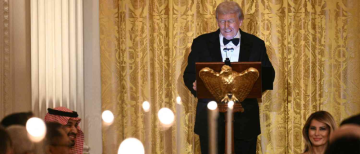The resurgence of Donald Trump's tariff tactics poses significant challenges and opportunities for global trade relations, particularly with key partners such as Canada, Mexico, China, and India. As Trump embarks on his second term, the implications of his proposed tariffs could reshape economic landscapes and diplomatic ties.

Impact on North American Relations: Tariffs on Canada and Mexico
Trump has signaled intentions to impose a 25% tariff on imports from Canada and Mexico, citing issues related to illegal immigration and drug trafficking as justifications. This move threatens to disrupt decades of economic integration under the United States-Mexico-Canada Agreement (USMCA), potentially leading to retaliatory measures from both countries. Analysts anticipate that such tariffs could lead to job losses, increased consumer prices, and a significant decline in trade volume, which amounted to over $1.5 trillion between the U.S., Canada, and Mexico in recent years.The initial response from Canadian and Mexican officials has been one of cautious optimism, as they hope to negotiate concessions based on their strategic importance to the U.S. in confronting larger competitors like China. However, the looming threat of tariffs creates an atmosphere of uncertainty that could stifle investment and economic growth across North America.

Consequences for China: Escalation of Trade Tensions
China remains a primary target for Trump’s tariff agenda, with proposed tariffs reaching up to 100% on certain imports if Beijing continues its efforts to undermine the U.S. dollar's dominance in global trade. The previous trade war between the two nations serves as a cautionary tale; retaliatory tariffs led to widespread economic disruptions and a decline in GDP across both countries. Experts warn that renewed tensions could exacerbate these effects, potentially leading to a full-scale trade war that would destabilize global markets.
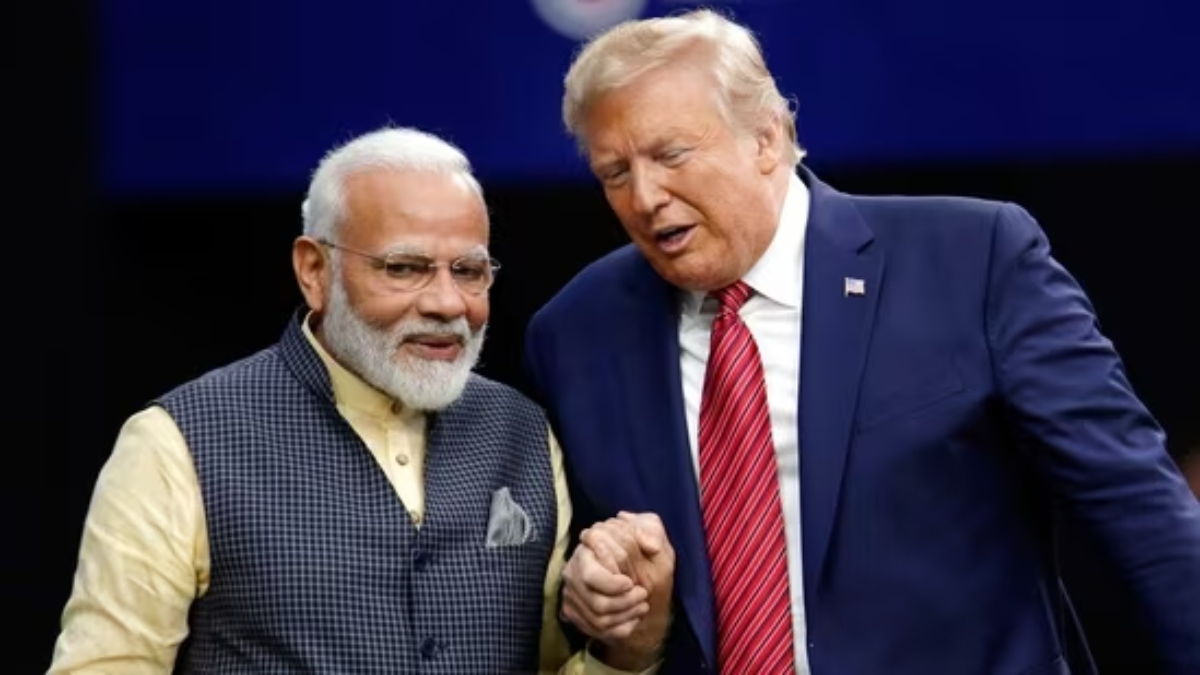
India's Strategic Position:Navigating Tariff Threats
India finds itself in a precarious position as it grapples with Trump's aggressive tariff rhetoric. As the U.S.'s largest trading partner, India has seen its exports grow significantly; however, Trump's threats pose risks to key sectors such as steel, textiles, and agriculture. In response, India is adopting a proactive approach by considering tariff reductions on certain goods while simultaneously bolstering domestic manufacturing through initiatives like "Make in India" to mitigate reliance on imports.Indian officials are also exploring diplomatic channels to engage with the U.S., aiming for constructive dialogue that balances accommodating U.S. demands while protecting national interests. This strategy includes diversifying trade partnerships beyond the U.S., potentially strengthening ties with other major economies such as the EU and Japan.
Long-term Implications
The long-term consequences of Trump's tariff policies could be profound. While they may yield short-term concessions from trading partners, they risk alienating allies and fragmenting global trade networks. Such fragmentation could diminish U.S. influence in international markets and accelerate shifts towards alternative trading blocs led by countries like China.

How might India's economy be affected by Trump's tariffs?
India's economy faces significant challenges and opportunities in light of Donald Trump's renewed tariff strategies. As the U.S. seeks to impose higher tariffs on imports, particularly targeting countries within the BRICS bloc, India must navigate a complex landscape to mitigate potential economic fallout.
Impact on Key Sectors: Exports Under Threat
India's robust trade relationship with the U.S., which reached approximately $120 billion in fiscal year 2024, is at risk if Trump implements proposed tariffs. Key sectors such as information technology (IT), pharmaceuticals, and textiles could experience severe setbacks. The IT sector, heavily reliant on U.S. clients, may face reduced demand if tariffs lead to decreased spending on outsourcing. Similarly, the textile industry could struggle with increased costs, making Indian garments less competitive in the U.S. market.
The pharmaceutical sector, known for its significant exports of generic drugs to the U.S., might also see a decline in demand if tariffs inflate prices for American consumers. This could adversely affect profit margins for major Indian pharmaceutical companies.
Employment Concerns
The potential economic disruption caused by higher tariffs could lead to significant job losses across various industries. Sectors such as textiles and IT, which provide millions of jobs in India, are particularly vulnerable. A reduction in exports to the U.S. would likely slow production and lead to layoffs, exacerbating unemployment issues.
Current Account Deficit and Economic Stability
A decline in exports to the U.S. could widen India's Current Account Deficit (CAD), straining economic stability. The U.S. is a crucial market for Indian goods, and any downturn in trade could lead to a depreciation of the Indian Rupee and increased volatility in stock markets, particularly affecting sectors reliant on U.S. exports.
Strategic Responses
To counteract the potential negative impacts of Trump's tariffs, India is expected to adopt several strategic measures:
- Trade Diversification: India may look to diversify its trade relationships by increasing imports from other countries and reducing reliance on the U.S. market.
- Retaliatory Tariffs: India might consider imposing retaliatory tariffs on U.S. goods to protect its domestic industries while negotiating better terms.
- Boosting Domestic Manufacturing: Initiatives like the Production-Linked Incentive (PLI) scheme aim to enhance domestic production capabilities in key sectors such as electronics and textiles, thereby reducing dependence on imports.
Increasing Imports from the U.S.

India may also strategically increase imports from the U.S. in sectors like energy and defense to help balance the trade deficit and avoid further tariff escalations.
Opportunities Amid Challenges
Despite these challenges, there are opportunities for India to position itself favorably within global supply chains as companies seek alternatives to China due to ongoing trade tensions. The "China+1" strategy encourages businesses to diversify production locations, potentially benefiting India as a manufacturing hub.
In conclusion, while Trump's tariff policies pose significant risks to India's economy—particularly regarding exports and employment—strategic responses focusing on diversification and domestic growth could help mitigate these effects. The coming months will be crucial as India navigates this complex trade environment while striving to maintain its strong relationship with the United States.
In conclusion, Trump's tariff tactics are likely to strain global relations while simultaneously presenting an opportunity for countries like India to recalibrate their trade strategies. The delicate balance between responding to U.S. pressures and safeguarding national interests will define future economic relationships not only for India but for other nations navigating this complex landscape.
With inputs from agencies
Image Source: Multiple agencies
*The views expressed are personal to the author and do not reflect the platform's opinion of the same.
© Copyright 2024. All Rights Reserved Powered by Vygr Media.

